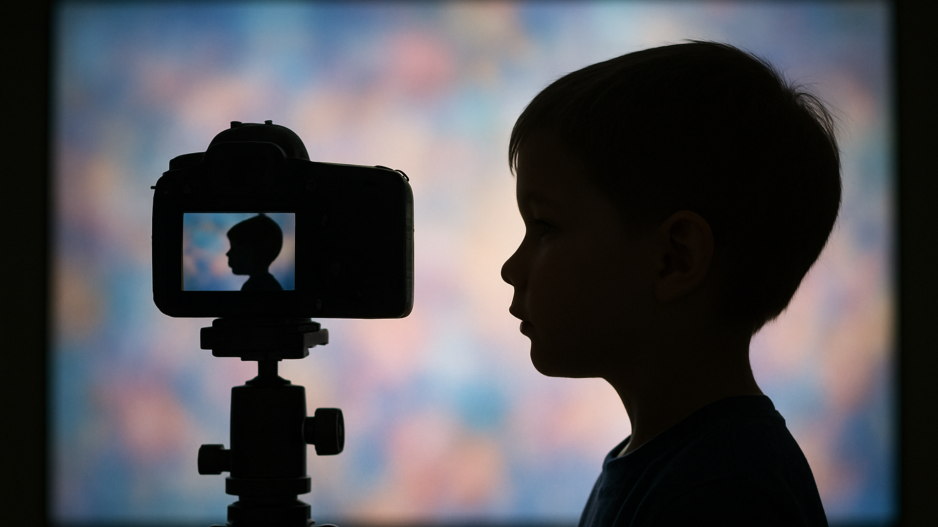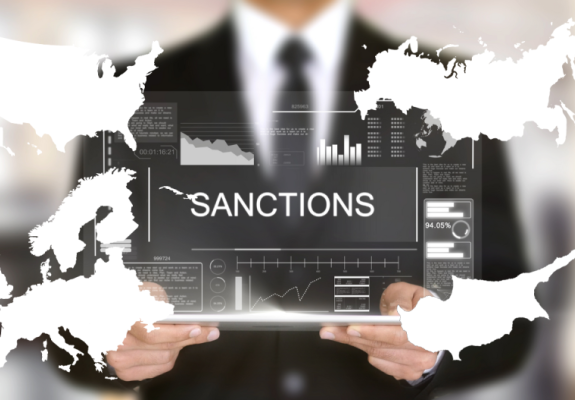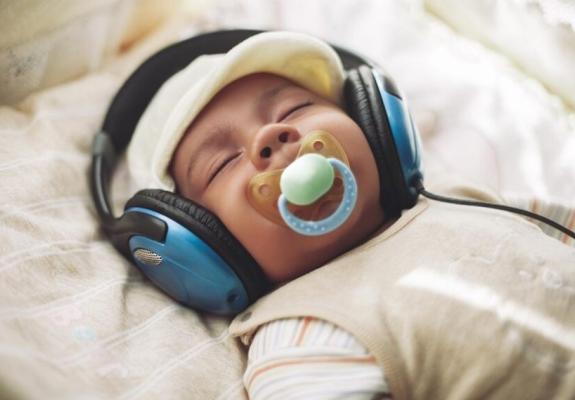Whose Fame Is It Anyway? The Ethics of Monetizing Childhood
The Rising Tide of Kidfluencers and the Fight for Their Rights
In a world where fame is just a click away, children have become unlikely digital celebrities. From toddler toy unboxings to preteen beauty tutorials, millions of young influencers — dubbed "kidfluencers" — are captivating audiences on YouTube, TikTok, and Instagram. They’re generating brand deals, drawing in billions of views, and creating multi-million-dollar empires. In fact, some children now make more money in a single month than many adults do in years, all while under the spotlight of a camera lens.
As the influencer economy continues its exponential growth, this new form of digital child stardom is both celebrated and scrutinized. But behind every smiling thumbnail lies a more complicated question: who truly benefits from this fame — the child, or the adults managing them?
Social media exists in a regulatory gray zone
Unlike traditional entertainment industries that have clear regulations for child actors — from working hour restrictions to labor union protections — social media exists in a regulatory gray zone. Children are often featured daily, sometimes for hours at a time, and their likeness becomes the brand itself. The rise of kidfluencers raises serious ethical, psychological, and legal questions that society has yet to fully grapple with. Who protects the child when the camera stops rolling? And as their audience grows, so does our collective responsibility to ask — at what cost comes this fame?
The term “kidfluencer” refers to children under the age of 18 — often as young as two or three — who have amassed large online followings and often earn substantial incomes through brand partnerships, sponsored content, affiliate marketing, and merchandise sales. The emergence of platforms like YouTube Kids and the family content genre on TikTok and Instagram has fueled this phenomenon, giving rise to a new kind of childhood stardom. While the idea of children in entertainment is hardly new — think Shirley Temple or the Olsen twins — the digital age has dramatically changed the scale, accessibility, and implications of child fame.
Social media has democratized fame. Anyone with a smartphone and a charismatic child can theoretically build a personal brand — and many do. According to a 2023 Morning Consult report, 54% of Gen Alpha parents say their children watch YouTube “every day,” and many of those children are watching content created by peers their own age. This level of engagement has created a lucrative opportunity for brands: kidfluencers are seen as authentic, relatable, and influential in shaping the purchasing habits of both their young audiences and their parents.
But with growing fame and financial stakes, the concern grows: are these children participating out of enthusiasm or obligation?
As the business of kidfluencing has grown into a multi-billion-dollar industry, lawmakers have struggled to keep pace. Existing child labor laws — originally designed for traditional entertainment sectors like film and television — fall short when applied to the digital content economy. In many countries, there are few if any specific protections for children who are regularly featured in monetized social media content, leaving young influencers vulnerable to financial exploitation, privacy invasions, and overwork.
In the United States, the federal Fair Labor Standards Act of 1938 governs child labor, but it was never updated to accommodate digital content creation, which often occurs inside the home and under parental management. Moreover, the Coogan Law — named after child actor Jackie Coogan — mandates that 15% of a child actor's earnings in California must be placed in a trust. However, unless a child is formally employed under a studio or entertainment contract, the Coogan Law often doesn’t apply to influencers. This means that in most states, parents can legally pocket the entirety of their child's earnings from platforms like YouTube or TikTok without being required to set aside a cent for the child's future.
Recognizing the growing risks of unregulated child labor in digital spaces, some U.S. states have taken legislative action. In 2023, Illinois became the first to require that children featured in monetized online content for over 30% of a video’s duration receive a proportional share of the revenue, to be held in trust until adulthood. California followed in 2024 with Senate Bill 764, expanding protections by mandating blocked trust accounts and introducing the concept of digital consent — giving minors over 13 the right to control ongoing monetization of their likeness. Utah, driven by the high-profile Ruby Franke child abuse case, also passed legislation that grants minors the right to request takedowns of content and ensures revenue sharing.
In Europe, France led the way in 2020 with strict rules requiring government approval for children under 16 to appear in monetized content, trust-based earnings management, and the right to request deletion of videos once they reach adulthood.
Other countries like Canada and Australia are now exploring similar protections, amid rising pressure from child rights advocates and digital policy experts.
Despite these advances, most countries — including the U.K., where family vlogging is booming — still lack any formal legal framework for regulating child influencers. A 2023 report by the University of Essex emphasized that the lack of oversight enables a form of digital labor that is invisible to authorities but highly profitable for parents. Dr. Francis Rees, a lead researcher, warned that “without immediate regulation, we risk creating a generation of children whose lives have been turned into commodities — with no safety net, no savings, and no say.”
As kidfluencers continue to rise in popularity, so do the ethical concerns surrounding their visibility, autonomy, and well-being. One of the most pressing issues is consent: many children featured online are too young to understand what it means to have their lives publicly broadcast — often permanently. Moments meant to be private, like temper tantrums, first crushes, or disciplinary action, are monetized for views, leaving children vulnerable to long-term emotional harm.
Psychologists warn that this kind of exposure can lead to identity confusion, anxiety, and an unhealthy relationship with external validation. A 2022 APA report noted that early exposure to online fame can create unrealistic standards of worth tied to performance and approval metrics like likes or comments. Unlike child actors, many kidfluencers are filmed in their real homes, around the clock, with no regulation on working hours, emotional boundaries, or privacy.
The consequences are not theoretical. Former family vloggers and now-teen advocates, like Chris McCarty of the nonprofit Quit Clicking Kids, have spoken out about the long-term emotional toll of having their childhoods turned into monetized content. Others, like the children of YouTuber Ruby Franke (8 Passengers), were subjected to physical and emotional abuse under the guise of content creation — a scandal that prompted child influencer protections in Utah.
There’s also the risk of online predation. A 2024 report by the NCMEC revealed that their CyberTipline received over 29.2 million reports of suspected child sexual exploitation incidents in 2024. Notably, reports of online enticement—a category that includes sextortion—increased by 192% compared to the previous year, totaling more than 546,000 reports. These alarming figures underscore the vulnerabilities children face online, especially when their personal lives are extensively shared on public platforms.
As the digital landscape evolves, so too must our approaches to protecting children within it. Advocates call for comprehensive regulations that address the unique challenges of child influencers, including clear guidelines on earnings, consent, and the right to privacy.
Parents, brands, and platforms all have roles to play in ensuring the well-being of young influencers. Transparency, ethical considerations, and a commitment to children's rights must be at the forefront of this conversation.
In the end, the question remains: Whose fame is it anyway?






